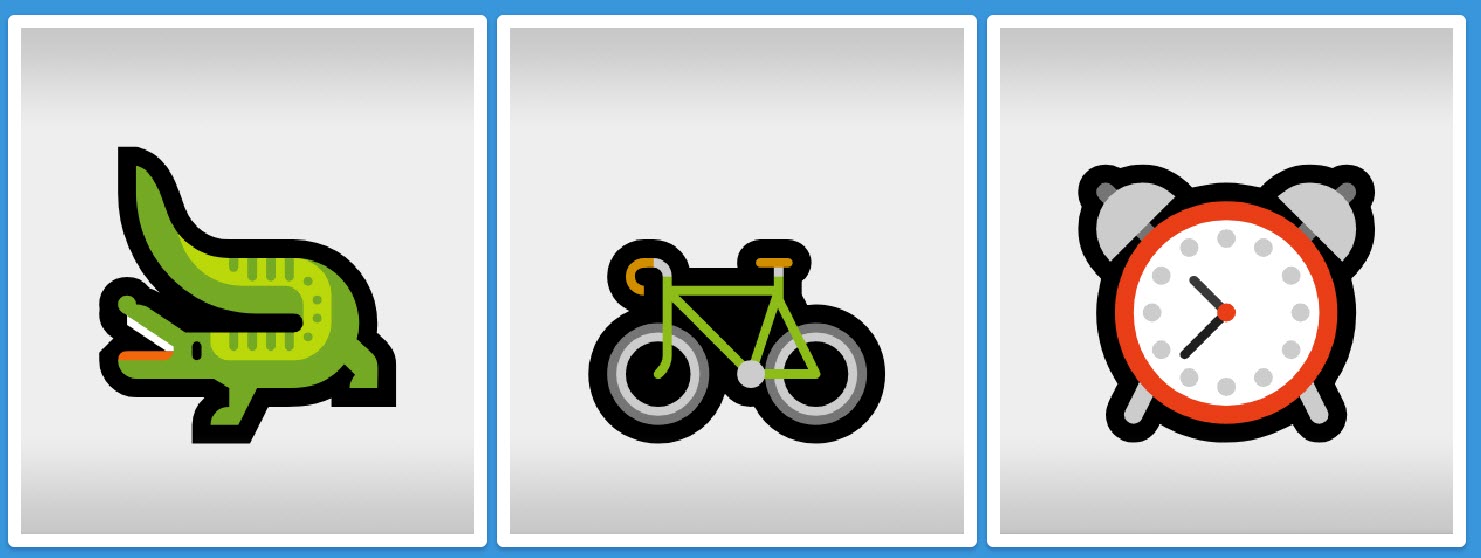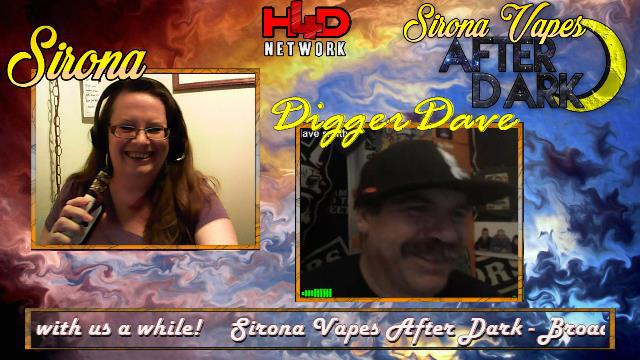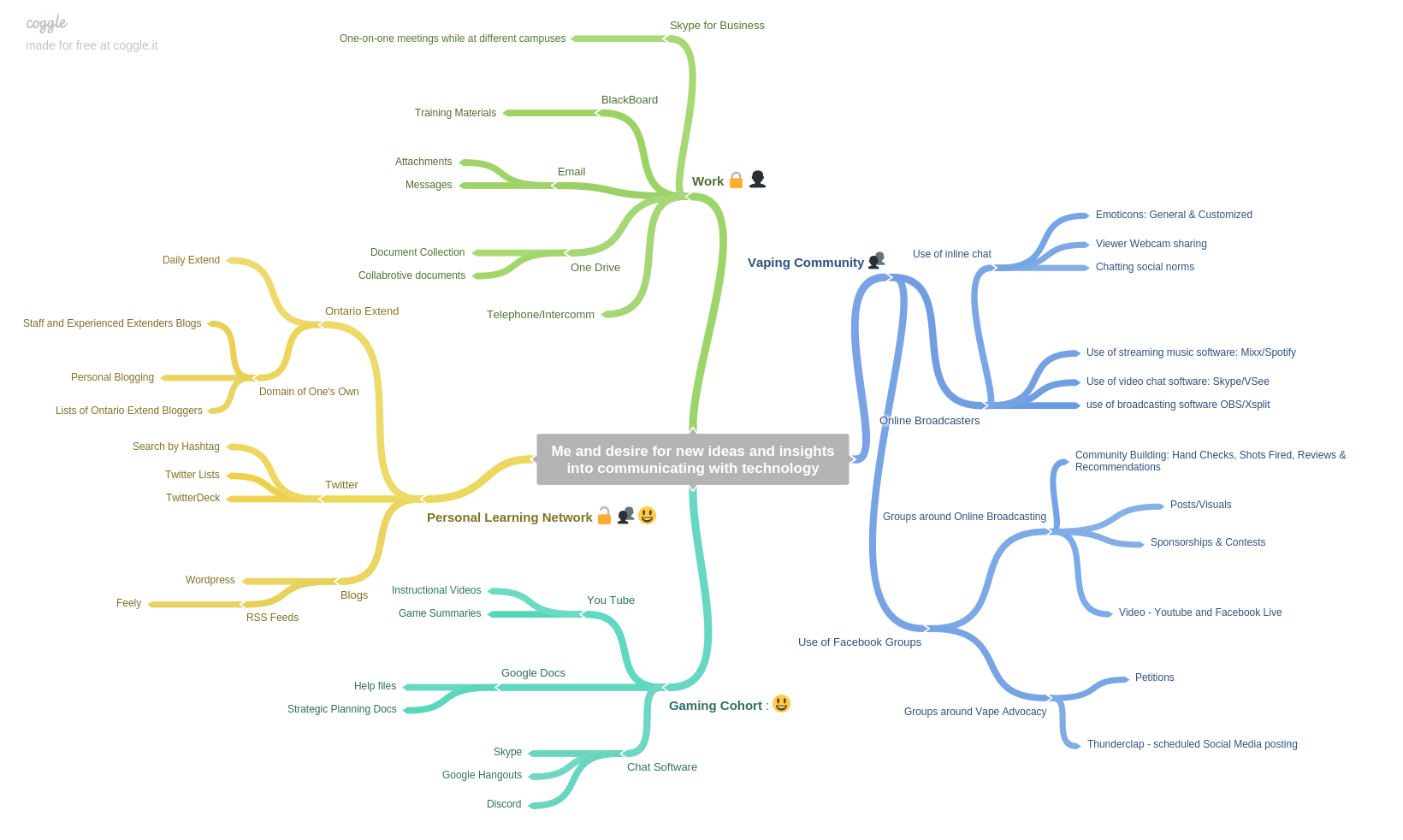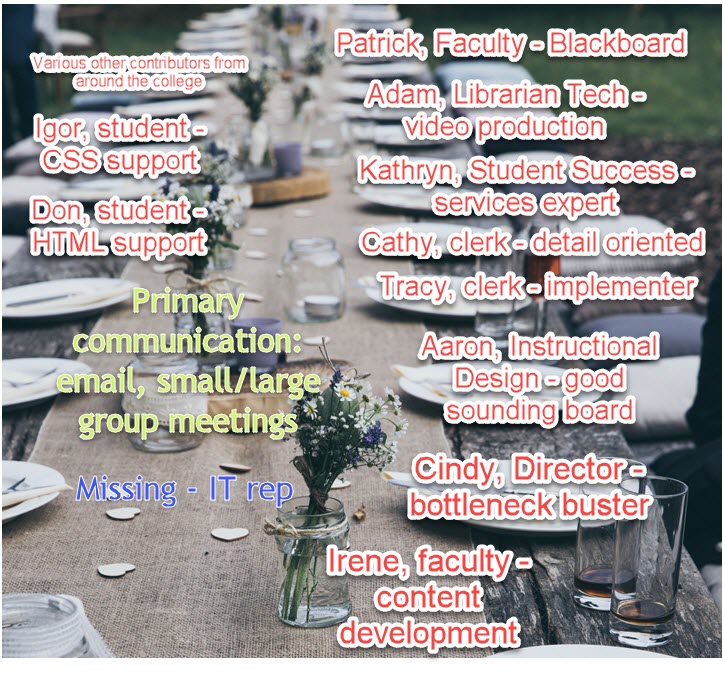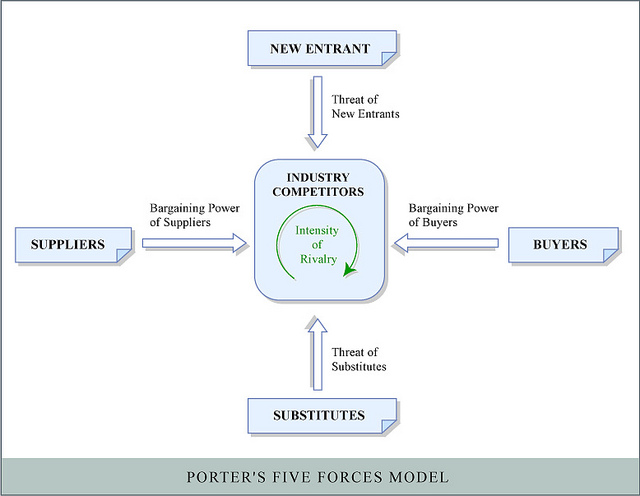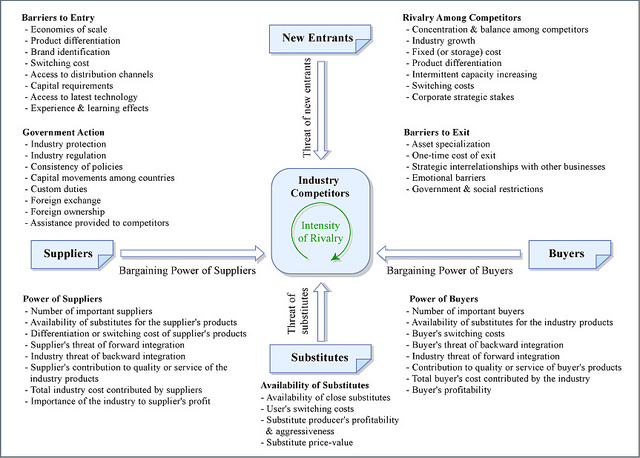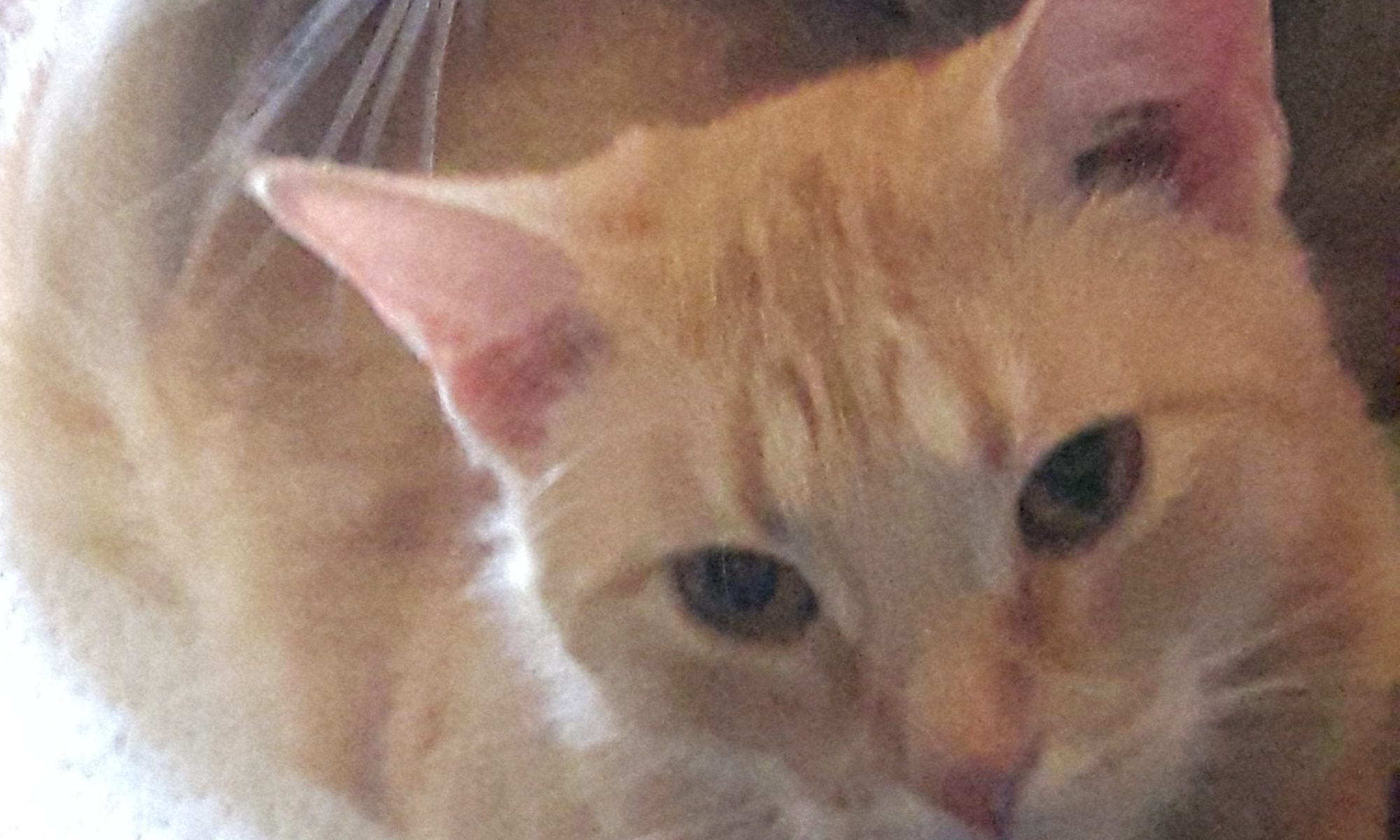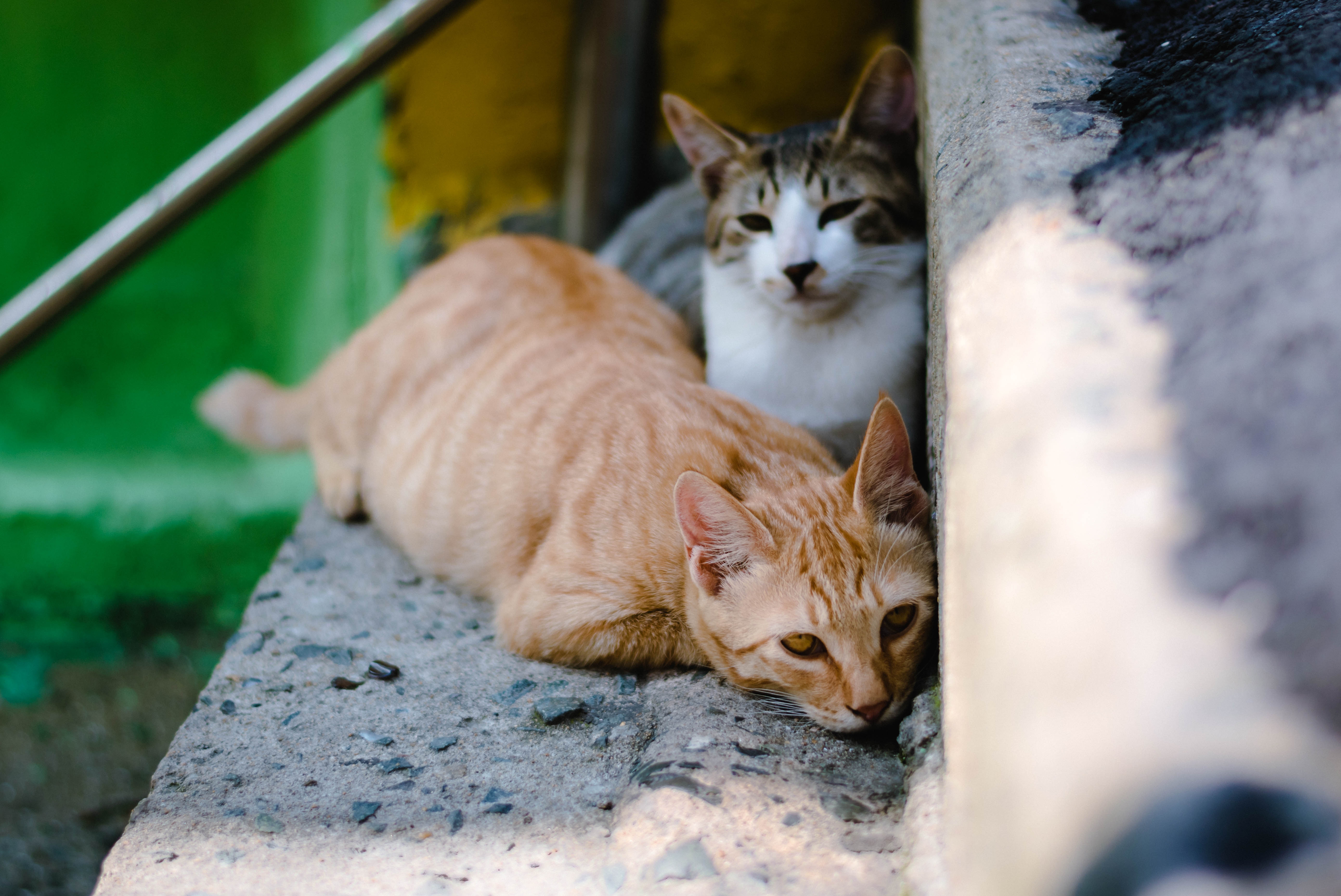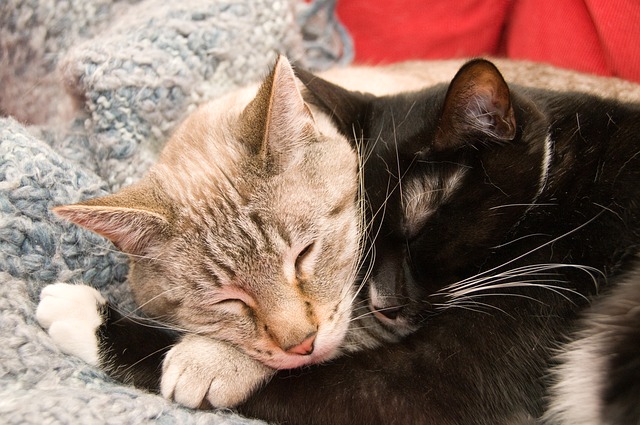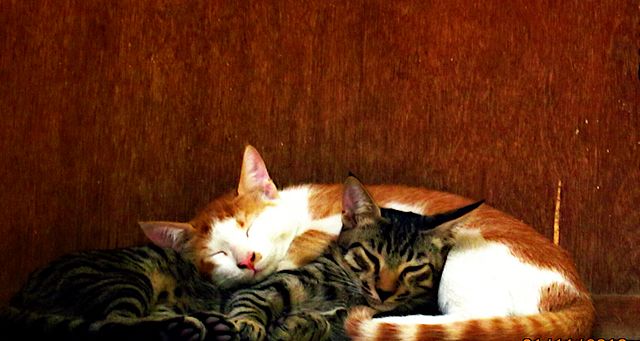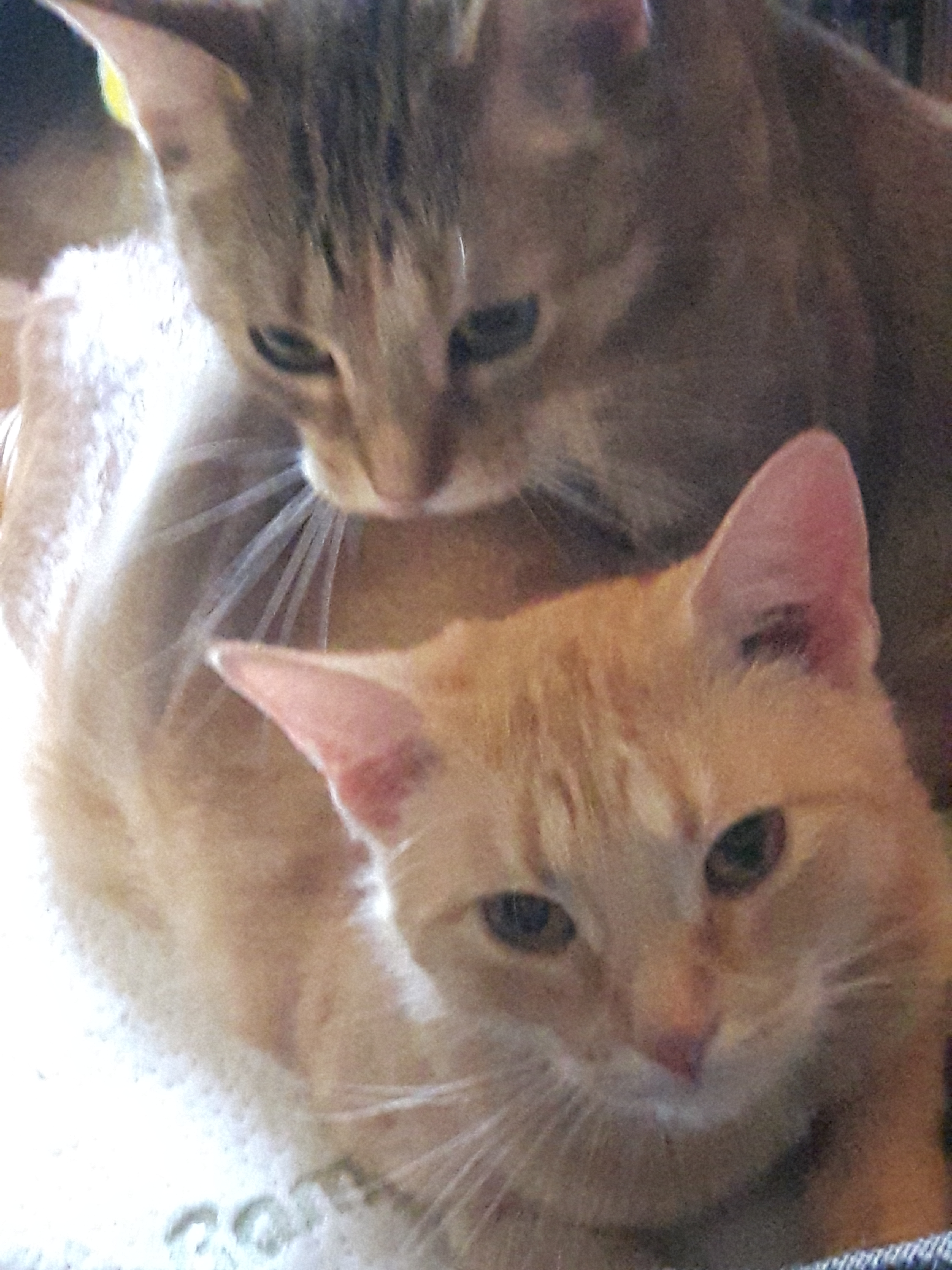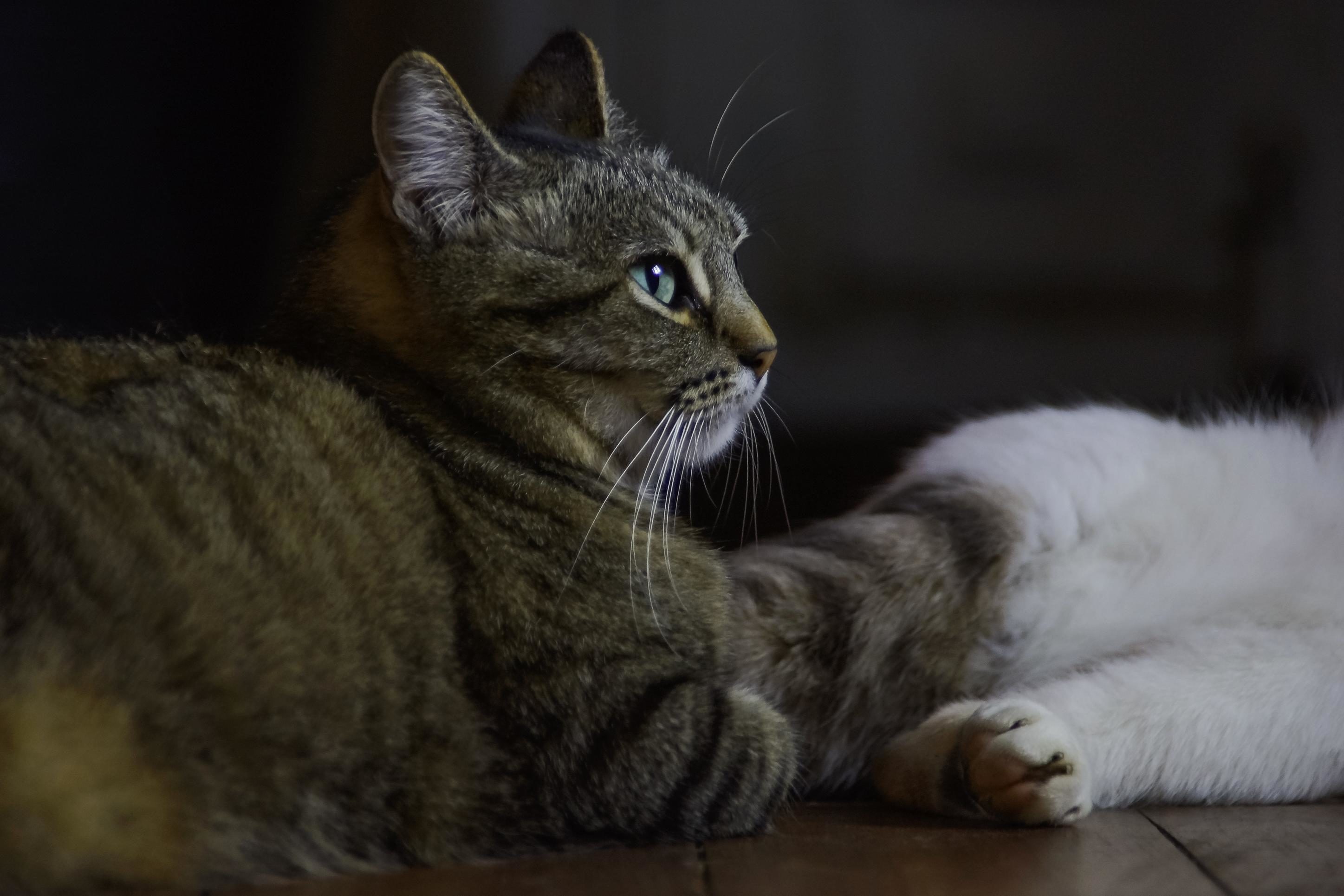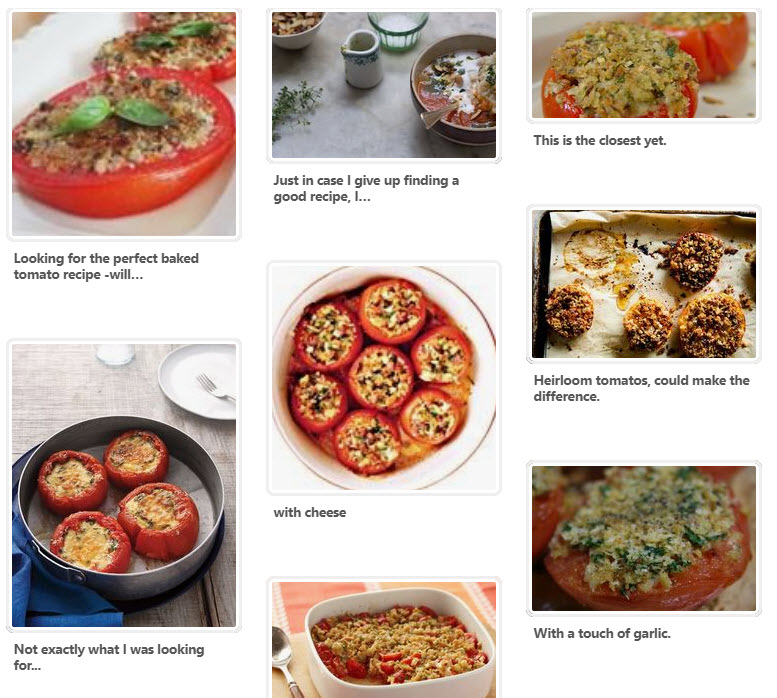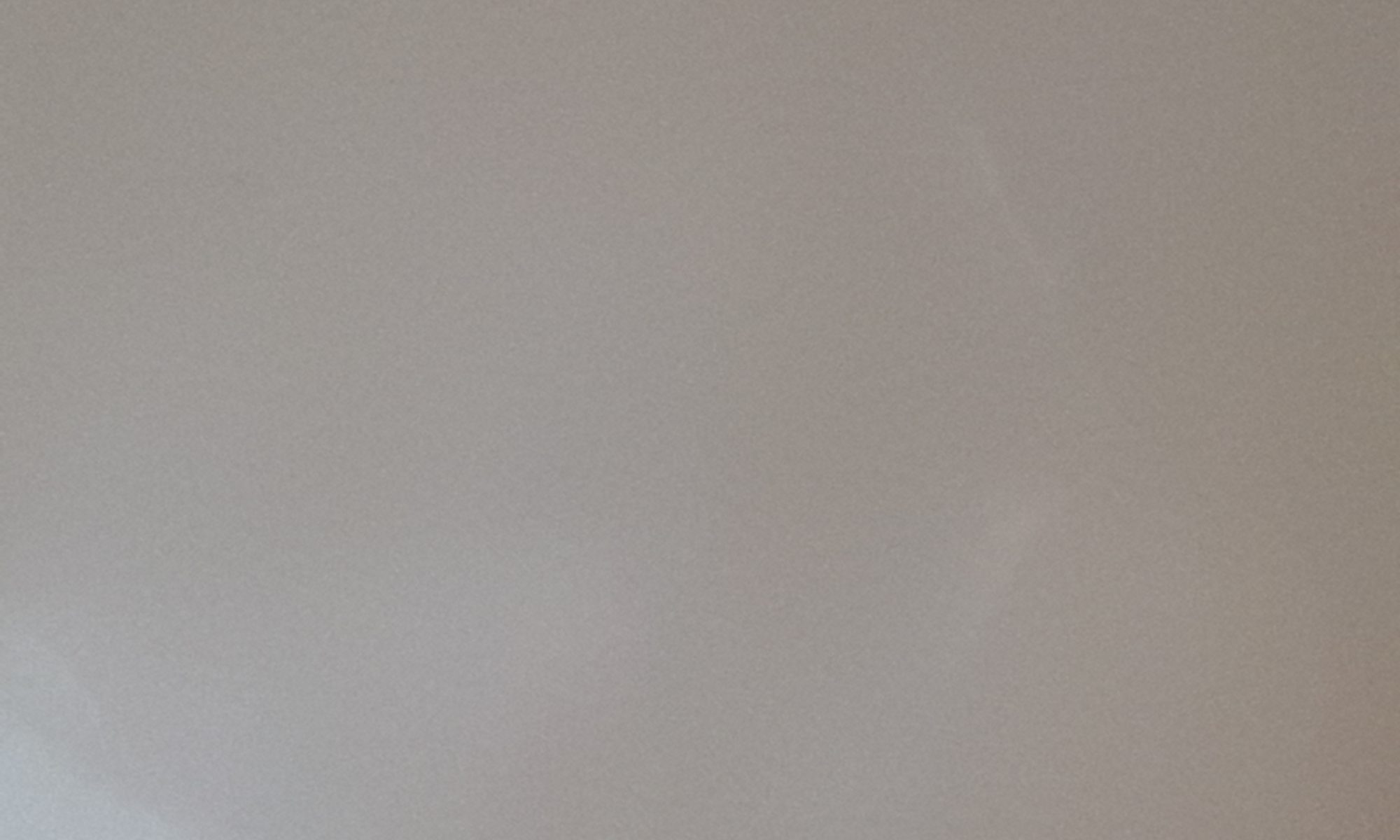My adventures in creating a Personal Learning Network (PLN) is only weeks old. However, through OntarioExtend – the modules, the blogging and the Dailies, I already have a fruitful PLN growing.
First Steps:

- I began with the Daily Extend. I created one and tweeted it. Then I watched for people to either tweet a Daily or like a Daily. If they did, I followed them.
- I created my first blog and added it to the ExtendWest blog feed. Then I read other blog posts that showed up and found those folks on Twitter and followed them.
- I attended two conferences in early May, the Open Education Summit 2018 held in Windsor, Ontario and the OntarioExtend’s ExtendWest Kick-off event held in Sarnia, Ontario. I added people I met to twitter. I tweeted about the events and searched #oes2018 and #ExtendWest and added people who were also tweeting about these events.
Second Steps:

Then I started cleaning up:
- I did not follow back everyone who followed me. When someone follows me, I check them out first. Is this person just looking to increase their follower count or do they have something interesting to offer me? If the person is creating new tweets (not just retweeting) and has interests in common with me – particularly in teaching, learning, technology, professional development… I follow them back.
- I checked the list of people I follow and thought about why they are on the list. If I couldn’t come up with at least one good reason, I unfollowed them.
- I discovered Twitter lists. I love lists. After I add someone, I put them in a list based on categories. It helps me remember why I added them and when I review, I can decide if they are worth keeping. Sounds mercenary, but you have to be worthy of my time and I will do my best to be worthy of yours.
Taking Further Steps:

- Now I am watching my feed and looking for people who people I respect follow especially those that more than one person I respect follow! I add these new sources.
- I am also thinking about and looking for organizations that work towards goals that are important to me. Here is one to consider adding to your PLN: @Womenalsoknowstuff
- I am also beginning to explore Twitter Chats and VConnecting.
The Big Step:
I can’t just lurk in the background, taking from my PLN and offering back only likes. I have to figure out what I can contribute. I am not sure what that is yet.

In the meantime, I am okay with the idea that it is early days and I am still learning about cultivating my PLN. But along the way, I am doing a lot of learning by observing. And of course, the Collaborating Module in OntarioExtend is providing a good road map. I am going to repeat this activity in about the month and see how my PLN has changed!
Featured Image screenshot from TAGSExplorer while playing with Replay Tweets was taken and decorated with TechSmith Snag-it.



